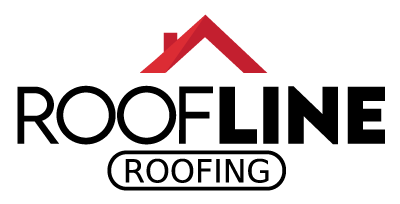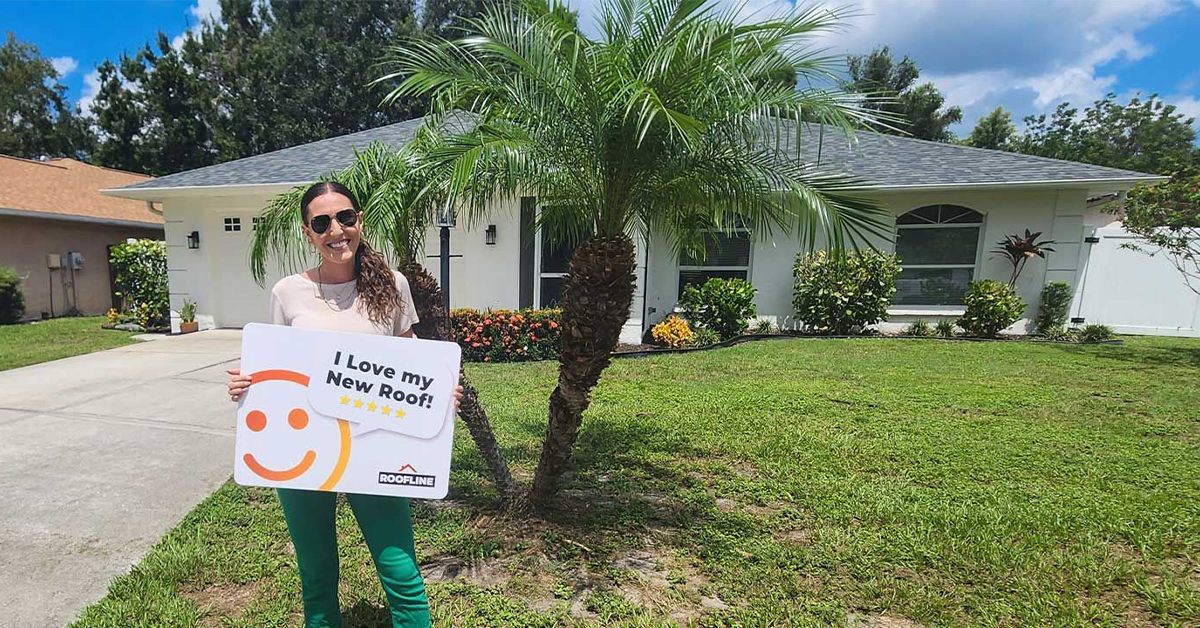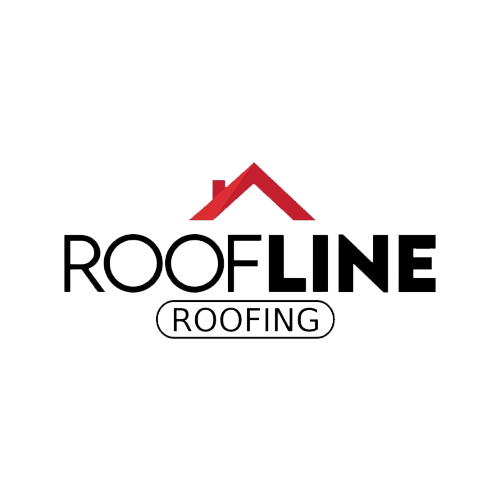
Understanding how to protect and maintain your roof after a storm is crucial for both homeowners and commercial property managers in Manatee and Sarasota Counties. The persistent threat of hurricanes in South Florida means roofs are frequently at risk, emphasizing the need for prompt and informed inspection methods. Addressing even minor damages quickly can prevent costly repairs, uphold structural integrity, and ensure the safety of your property.
Storms leave visible and hidden threats that, if not properly handled, can lead to extensive damage. Evaluating your roof’s condition following a storm involves a balance of careful personal inspection, professional assistance, and a systematic approach to debris removal. By adopting these strategies and using appropriate safety measures, you can effectively manage storm aftermath challenges, minimizing potential risks and protecting the longevity of your roof.
Assessing the Situation: Evaluating Post-Storm Damage
Evaluating the damage to your roof after a storm can seem overwhelming, but understanding what to look for and taking the right steps can make the process more manageable. Hurricane season in Manatee County, as with all of South Florida, demands vigilance. Thorough post-storm inspections not only spot damage before it worsens but can also protect against costly repairs down the line. Let’s dive into some expert tips for conducting a storm roof damage inspection.
Begin with Safety
Before you step outside, ensure it’s safe to do so. Downed power lines, flooding, and debris can pose hazards. Only proceed with an inspection if you’re certain it’s safe. If the roof is visibly unstable, call professionals to handle the situation.
Visual Inspection from the Ground
Start with a ground-level inspection using binoculars. Look for visible damage such as missing or lifted shingles, bent flashing, or gutters that might have detached. According to data from the Insurance Institute for Business & Home Safety, roofs with loose or missing shingles are more prone to leaks, resulting in further interior damage.
Check for Debris
Storms often litter roofs with debris, ranging from branches to man-made objects. Larger debris can puncture roofing materials. Smaller debris, while seemingly less damaging, can lead to water pooling, which erodes roofing material over time. The National Weather Service highlights that over 25% of storm-related roof problems originate from unnoticed debris impact.
Examine Roof Features
Inspect roof accessories such as vents, skylights, and chimneys. Cracks or dislodging can occur during high winds, leading to leaks or other structural issues. Data from the National Association of Home Builders suggests that vents and chimneys, often compromised during storms, account for a notable percentage of water infiltration issues.
Check for Interior Signs
Storm damage isn’t always obvious from the outside. Inspect your attic and ceilings for water stains or sagging. Consistent moisture leads to mold growth, a common post-storm problem that affects air quality and can have health implications. A study from the Environmental Protection Agency highlights mold as a major concern post-hurricane, with nearly 40% of reported cases originating from inadequate inspections.
Review Drainage Systems
Gutters and downspouts play a critical role in diverting water away from the roof. Storms can clog these systems, leading to water pooling and increased pressure on the roof. Well-maintained gutters can increase roof life by as much as 20%, as noted by the American Society of Home Inspectors.
Professional Inspection
While homeowners can handle basic inspections, enlisting professional assessment is advisable. Experts use tools such as drones and thermal cameras for detailed inspections. This technology can detect hidden damage and potential future issues, ensuring the integrity of your roof remains uncompromised.
Document Everything
Maintain a detailed record of all observed issues. Photographs provide clear evidence of damage and aid in insurance claims. A well-documented inspection increases the likelihood of claims approval, with studies showing these claims are processed up to 50% faster than those without comprehensive proof.
Importance of Timeliness
Addressing storm damage promptly is crucial. The Insurance Information Institute indicates that neglected roof repairs after a storm can escalate costs exponentially, often resulting in expenses 3 to 4 times higher if delayed beyond the initial discovery period.
Local Weather Data
Understanding specific weather patterns in Manatee County can prepare you for likely damages. The National Oceanic and Atmospheric Administration provides insights into regional storm frequency and intensity, allowing homeowners to anticipate potential threats and prioritize preventative measures effectively.
Year-round Maintenance
Preventative measures are key. Regular maintenance and seasonal check-ups can identify vulnerabilities before a storm hits, minimizing the damage and expenses involved. Roofs protected with reinforcement materials or storm-resistant products exhibit fewer post-storm issues, as supported by research from the Florida Division of Emergency Management.
Through diligent attention and informed action, homeowners can effectively manage the repercussions of even the most severe storms. A comprehensive understanding of potential roofing problems equips you to mitigate damage swiftly and efficiently, safeguarding your property and peace of mind.
Safety First: Protective Measures and Safe Practices
Proper safety measures are crucial when inspecting or repairing your roof after a storm. Ignoring these practices can put you or your staff at risk for injury. Let’s delve into some practical tips to ensure safe debris removal and roof inspection on Longboat Key.
Personal Protective Equipment (PPE), such as gloves, hard hats, and rubber-soled shoes, should be used by anyone inspecting a roof. These items protect against sharp debris and potential electrical hazards. According to OSHA, appropriate footwear can reduce the risk of slips and falls, which are among the most common causes of roof inspection injuries.
Before heading up the ladder, assess the immediate environment. Check for downed power lines, which can electrify standing water or metal objects, posing a lethal threat. Touching any such power lines or objects should be avoided; instead, contact local utility services for safe removal. The Electrical Safety Foundation International estimates that electrical hazards are involved in approximately 7% of all workplace fatalities, underscoring the need for vigilance.
Use ladders that are well-maintained and capable of supporting the weight of potential equipment you might bring onto the roof. Position the ladder on stable ground and at the correct angle—one foot out from the structure for every four feet of height—as recommended by the American Ladder Institute.
Once on the roof, move deliberately to avoid exacerbating any existing damage or encountering unexpectedly soft spots. Roofing material, particularly when wet, can be exceptionally slippery. The National Roofing Contractors Association advises using a safety harness if the roof pitch is steep or the structure is over a single story.
When it comes to debris removal, handle items methodically. Begin with larger, unstable debris first, using tools like extendable poles or grapplers if they are available to minimize direct contact. Safe debris removal on Longboat Key is essential to prevent blocked gutters or drains, which could otherwise contribute to future water damage. The Insurance Institute for Business & Home Safety notes that blocked drainage systems are significant contributors to water damage that often goes unaddressed.
Once any larger items are cleared, focus on smaller items. A simple push broom can be effective for sweeping away leaves or small branches. Take care not to damage shingles or roofing underlayment, which might have already been compromised by the storm.
If you encounter any damaged roofing elements during the inspection, such as torn or missing shingles, note these without attempting to fix them immediately unless you have the appropriate roofing repair skills. Incorrect fixes can void roof warranties and cause long-term damage. Promptly arrange for professional repairs if damage is beyond simple debris removal.
Engaging the services of professional roofing contractors equipped to handle both residential and commercial properties offers the added advantage of expert evaluation. Professionals can assess structural integrity while adhering to strict safety protocols, reducing your personal risk.
Lastly, establish a communication plan with another individual aware of your location and expected time frame for the inspection. In case any issues arise, they can provide prompt assistance or initiate an emergency response if necessary.
Applying these protective measures will ensure your safety and the structural integrity of your property as you manage post-storm inspections and debris removal. Staying informed and prepared empowers you to tackle the aftermath of a storm safely and effectively.
Cleanup Strategies: Efficiently Clearing Debris Without Damage
Debris cleanup strategies are vital for maintaining roof longevity after a storm. Efficient removal not only prevents structural damage but also safeguards against potential future complications. Here, we delve into effective strategies that both residential homeowners and commercial property managers can implement for safe and thorough post-storm roof debris cleanup in Sarasota.
Starting with an organized approach ensures an effective cleanup process. Prioritize removing large debris first, as it poses the greatest risk of damage to the roofing structure. Utilize tools such as telescoping rakes or grapplers to handle fallen branches and large objects without stepping onto the roof whenever possible. This minimizes direct contact, reducing the risk of mishaps like slips or collapses, as well as unintentional damage to the roof surface.
For smaller debris, such as leaves and twigs, manual tools like brooms or leaf blowers can be productive. Some might consider using water to wash off light debris, but it can exacerbate existing leaks or cause water to pool, which potentially leads to more issues. Instead, focus on careful manual removal.
Attention to gutters and downspouts is critical. Clogged drains are a common culprit of secondary water damage. Remove blockages to ensure water moves efficiently away from the roof. Consider installing gutter guards as part of a long-term preventative measure to reduce future clogs.
Professional cleaning services could also be a consideration, especially if the roof is difficult to access or if there’s substantial debris. Professionals bring specialized equipment and expertise to safely conduct a thorough cleanup without risking personal injury or damage to the roof.
For cleaners between professional maintenance, consider reinforcing roofing materials with protective coatings. These coatings can offer a defensive layer against debris-related damage and may ease future cleanup efforts by creating a smoother, more resistant surface.
Also key is continuous monitoring for signs of additional damage. Debris accumulation can obscure underlying issues, so regular inspections post-cleanup are advisable. Check for loose shingles, bent flashing, and other visible signs of damage. Routine maintenance can identify small vulnerabilities before they escalate into expensive repairs.
Integrating a structured debris cleanup routine into your post-storm protocol can prevent potential structural compromises and delays. By ensuring regular debris removal, using proper equipment, and considering professional services when necessary, you maintain your roof’s integrity. These steps form an essential part of your property’s resilience strategy against the frequent storms experienced in Sarasota and surrounding areas.
You might be asking
What tools are required for safely removing roof debris?
Essential tools for safely removing roof debris include a sturdy ladder, protective gloves, a broom or leaf blower, and a roofing harness if you’re working on the roof itself. It’s also recommended to have a spotter on the ground for safety.
Is it safe for homeowners to clear debris themselves after a storm?
Homeowners can clear debris themselves if they feel comfortable and take appropriate safety precautions. However, for more significant storms or if the debris is substantial or involves potential hazards like fallen branches or unstable surfaces, it’s best to hire professional help.
How can I ensure that my roof is free from damage during cleanup?
To ensure your roof is free from damage during cleanup, inspect for visible signs of damage, such as missing shingles or leaks. Use gentle tools like brooms instead of harsh implements and avoid heavy foot traffic on vulnerable areas. When in doubt, consult with a professional roofer to conduct a thorough inspection.
Next Steps
Understanding the importance of a thorough post-storm roof inspection and debris cleanup can significantly extend the life of your roofing investment, whether residential or commercial. Armed with these expert tips, you can take the initial steps to safeguard your property against costly damage. For ongoing protection, it’s wise to continue adopting year-round maintenance practices, and leverage professional expertise when necessary to detect hidden problems early and avoid exacerbating existing ones.
Ready to take the next step in protecting your property? At Roofline Roofing, we offer professional consultations to assess and address your unique roofing needs, ensuring structures remain sound against South Florida’s unpredictable weather. Contact us today for a free consultation to discuss how we can help you achieve your roofing goals with expert guidance.
Contact Us
Use the form below to contact us or to schedule a free consultation.
I would highly recommend Roofline Roofing for any roofing needs. As a fellow business owner, their professionalism and efficiency stood out. They provided quality service, completed the job on time, and their pricing was fair. Very satisfied with their work!
-- Logan L.




